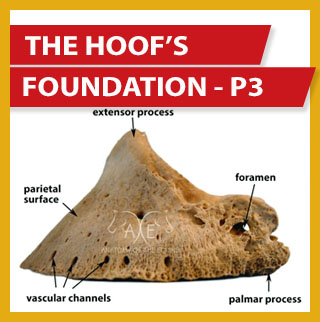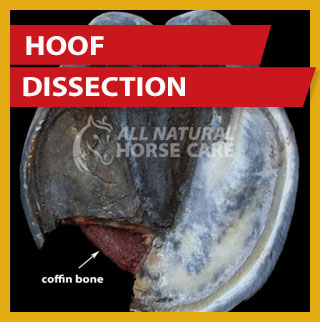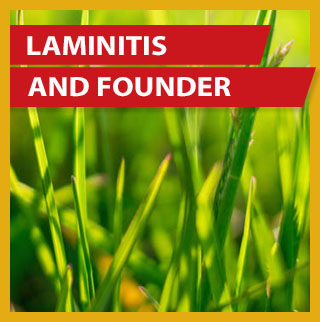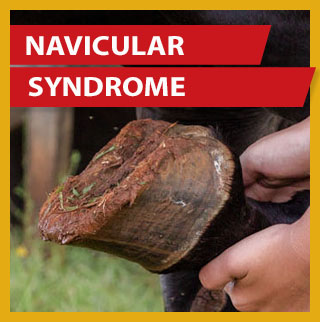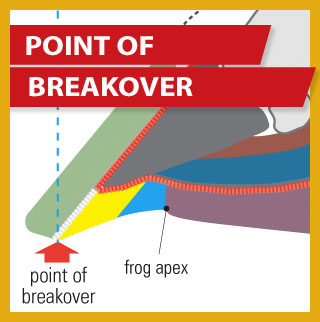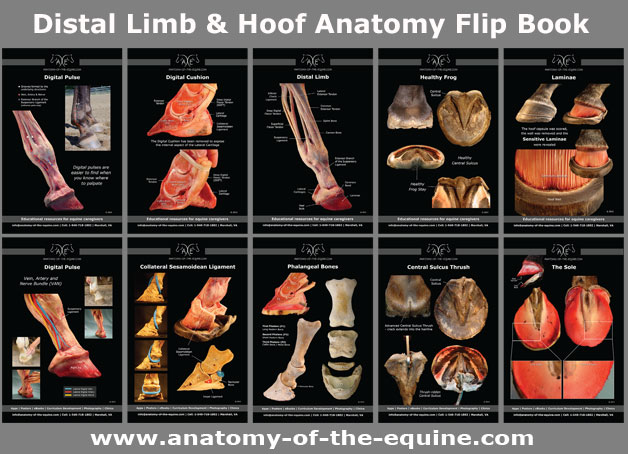
Natural hoof trimming for a sounder horse
Natural hoof trimming, natural hoofcare and barefoot trimming are all terms used to describe a method of trimming that enables horses to be kept and ridden without shoes. There are many different styles of trim but they are mostly all based on the wild horse model.
Natural hoofcare is about more than just a trim method, however. It
is a holistic approach to hoof care which takes into account the living
conditions and the terrain that the horse encounters on a regular basis.
The trim is a tool used to encourage the hoof to grow in a physiologically correct shape and the correct living conditions aid remodeling where necessary and help maintain a healthy hoof.
Natural hoofcare and natural hoof trimming aim to mimic natural wear
so is often carried out on a more frequent basis than traditional
pasture trims. This keeps the hoof in the optimum shape at all times.
There are many benefits to keeping your horse barefoot including:
- Improved blood flow which improved horse's overall health.
- Healthy, strong horn (hoof walls).
- Greater shock absorption so fewer concussion related injuries.
- Quicker heart rate recovery time after exercise.
- No more worrying about shoes coming off during a ride/event.
- Lower risk of injuries when playing in the field.
- Improved traction - nature designed the hoof so it can adapt to all terrains.
- Less tripping, stumbling and forging as horse can feel where it's feet are.
However, it is not just simply a case of removing the shoes and happily riding off into the sunset. Most horses need to go through a transition period which allows the hooves to adapt to being barefoot. During that time hoof boots may be needed when riding.
Proper natural hoof trimming aims to:
- Encourage a tight laminar connection by dealing with flares to ensure that the coffin bone is held strongly in the top of the hoof capsule.
- Allow the frog and back of the hoof to function properly in their role of shock absorption.
- Share weight-bearing across the walls, sole and frog.
- Promote strong hoof walls that are resistant to wear, chipping and cracks.
- Preserve the toe callus to protect the coffin bone.
- Ensure that the bottom edge of the coffin bone is kept at an approx 3-5° angle to the ground.
Potential issues with a traditional pasture trim:
- Often in a typical pasture trim the heels are left long which encourages contraction and can lead to navicular pain.
- The toe callus is routinely trimmed away which thins the sole and removes protection under the coffin bone.
- The walls are trimmed flat and left higher than the sole so they have to support the entire weight of the horse.
- Flares are often ignored which puts strain on the laminar connection and results in poor suspension of the coffin bone making the horse more susceptible to laminitis.
- Trimming is often carried out on an infrequent basis, so the hooves are often not in an optimum state.
Other Great Hoof-Related Websites
www.ironfreehoof.com - Excellent website that gives very detailed, easy-to-understand, step-by-step information on trimming hooves..
www.anatomy-of-the-equine.com - Helping farriers, veterinarians and informed horse owners, Anatomy of the Equine has created a
bridge between "book" anatomy and the living breathing horse.
Return from Natural Hoof Trimming to All Natural Horse Care home page
